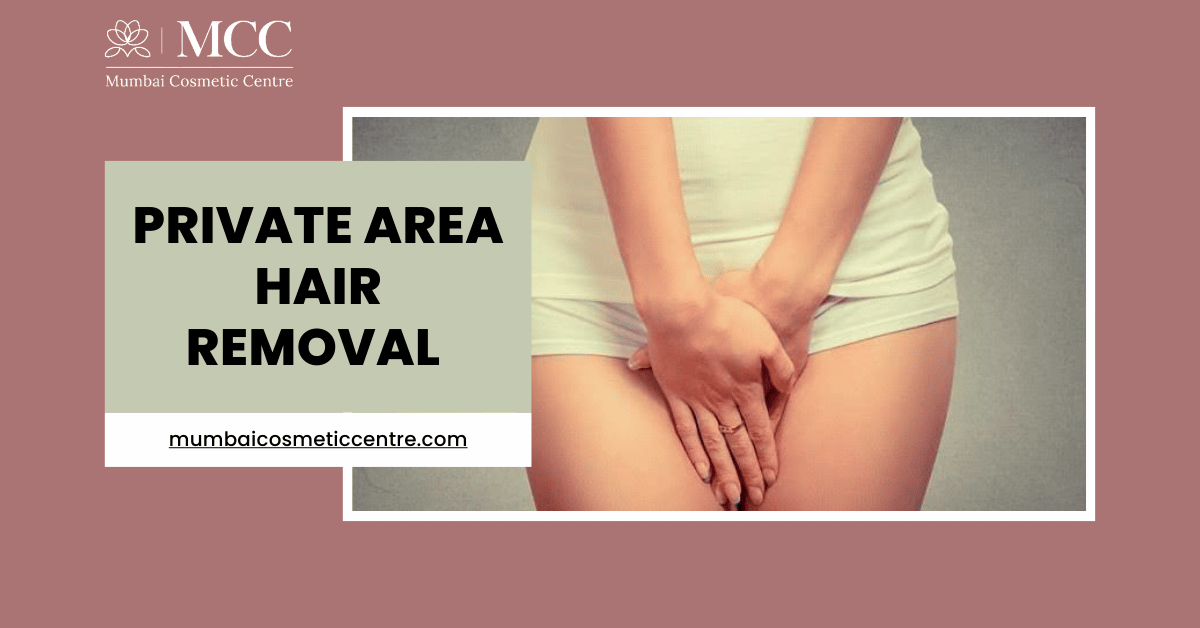Introduction
Maintaining personal hygiene and grooming private areas is an important aspect of self-care for many individuals. With multiple hair removal methods available, choosing the right one can be overwhelming. Whether you prefer temporary solutions like shaving and waxing or are considering permanent Private Area Hair Removal, understanding the pros and cons of each method is essential. In this blog, we will explore different ways to remove pubic hair, discuss the safety and effectiveness of Veet, compare it with shaving.
How to Remove Private Area Hair Permanently?
If you’re looking for a long-term solution to pubic hair removal, consider these permanent methods:

- Laser Hair Removal: This procedure targets hair follicles with laser light to slow down hair growth. It requires multiple sessions for best results and is suitable for those looking for a semi-permanent solution.
- Electrolysis: This method destroys hair follicles using an electric current, making it the only FDA-approved permanent hair removal technique. It can be time-consuming but provides long-lasting results.
- IPL (Intense Pulsed Light): Similar to laser treatment, IPL uses light energy to damage hair follicles and reduce hair growth over time. It is often less expensive than laser but may require more sessions.
Can You Use Veet for Private Area Hair Removal ?
Veet hair removal creams are formulated to dissolve hair at the surface, making them a quick and painless option. However, not all Veet products are safe for use in sensitive areas. Always check the packaging for suitability and conduct a patch test to prevent allergic reactions or skin irritation.
Which Veet is Best for Private Area Hair Removal?
Veet offers specially designed creams for sensitive areas. The Veet Hair Removal Cream for Sensitive Skin is one of the best options for private parts, as it contains aloe vera and vitamin E to soothe the skin. Avoid using Veet’s regular creams meant for arms and legs, as they may be too harsh for intimate areas.
Is Veet Better Than Shaving?
Both Veet and shaving have their pros and cons. Here’s a quick comparison:
- Veet: Provides smoother skin for longer (up to a week), reduces the risk of cuts, and is painless. However, it has a strong odor and may cause irritation for some users.
- Shaving: Offers instant results, is cost-effective, and can be done at home easily. The downside is that hair grows back quickly (within 2-3 days) and may cause razor burns, bumps, or ingrown hairs.
If you have sensitive skin, Veet may be a better option than shaving, but always test a small area before full application.
What Are the Disadvantages of Veet?
While Veet is a convenient hair removal method, it does have some drawbacks:
- Chemical Smell: The depilatory chemicals used in Veet have a strong odor that some users find unpleasant.
- Skin Sensitivity: Some people may experience irritation, redness, or burning sensations, especially in sensitive areas.
- Short-Term Results: Unlike waxing or laser treatments, Veet does not remove hair from the root, leading to faster regrowth.
- Risk of Allergic Reactions: Always perform a patch test to avoid unexpected skin reactions.
FAQs
1. What is the safest way to remove pubic hair?
The safest methods include trimming with scissors, using a gentle depilatory cream, or getting professional laser hair removal.
2. How can I prevent irritation after hair removal?
Moisturize the area with aloe vera or fragrance-free lotion and wear loose-fitting clothes to reduce friction.
3. How often should I remove pubic hair?
It depends on the method used. Shaving may require maintenance every 2-3 days, while waxing lasts 3-4 weeks, and laser hair removal offers longer-lasting results.
4. Can I use coconut oil after hair removal?
Yes, coconut oil has soothing and antibacterial properties that can help prevent irritation and keep the skin hydrated.
5. Does waxing hurt more than using Veet?
Yes, waxing is more painful as it pulls hair from the root, while Veet simply dissolves the hair at the skin’s surface.
6. Can men use Veet for their private parts?
Yes, but they should choose Veet products specifically designed for sensitive skin and follow the instructions carefully.
7. Are there natural ways to remove pubic hair?
Natural methods like sugaring (a paste made from sugar, lemon, and water) can be less harsh on the skin compared to chemical-based solutions.
8. Can I use Veet if I have sensitive skin?
Yes, but opt for the sensitive skin formula and do a patch test before full application.
Book a Consultation
Explore private area hair removal or complementary intimate wellness solutions at Mumbai Cosmetic Centre. Our experts tailor approaches for your needs, whether you seek smooth skin or treatments like vaginal HIFU or bladder control therapies.
Conclusion
Choosing the right hair removal method for private areas depends on personal preference, skin sensitivity, and long-term goals. While Veet and shaving are convenient options, those looking for lasting results may opt for laser hair removal or electrolysis. Always prioritize skin care, follow safety guidelines, and consult a dermatologist if you experience any irritation or adverse reactions.
By making informed choices, you can achieve smooth, healthy skin while minimizing risks associated with hair removal.
